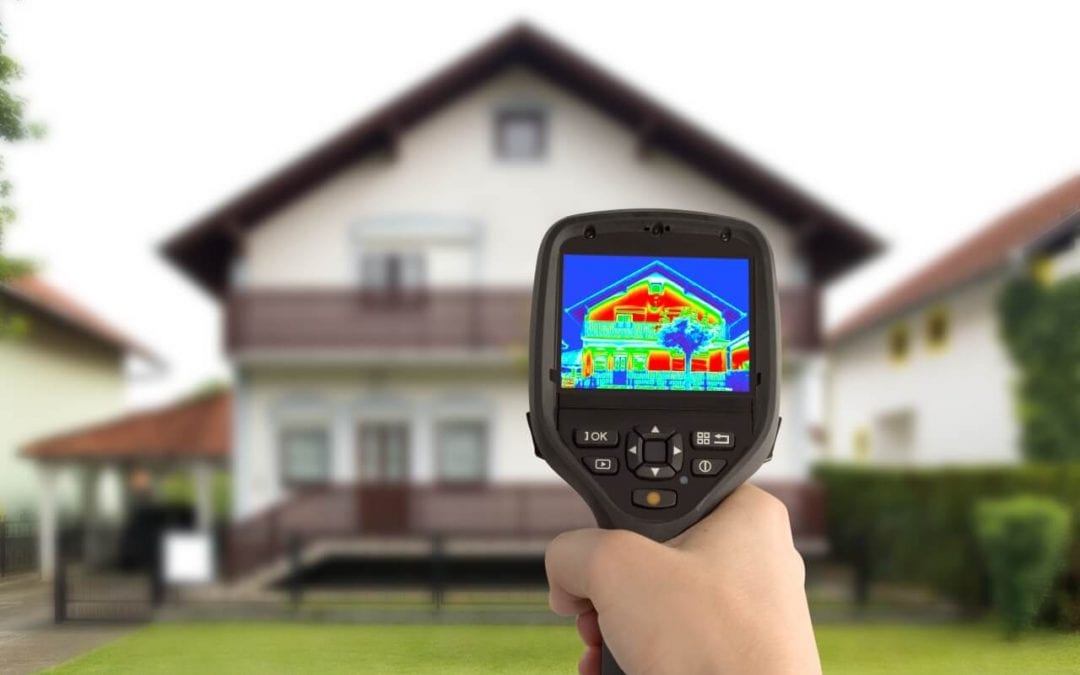When buying a new home, it is important to have a professional inspect the property before committing to the purchase. Infrared cameras are a useful tool that some home inspectors use. Let’s look at thermal imaging in home inspections and why it helps provide a more thorough report.
What Is the Purpose of Using Thermal Imaging in Home Inspections?
Thermal imaging helps home inspectors to identify problems that may otherwise go unnoticed. Thermal imaging cameras generate an image that shows a spectrum of colors. The colors represent the different temperatures of the items in the image.
Generally, blue, green, and purple colors are cooler in temperature, and red, orange, and yellow colors indicate warmer areas. These images can alert home inspectors to issues that would be invisible to the naked eye.
Thermal imaging shows differences in temperature within a home, but it is up to the home inspector to read these images and decide if they indicate problems on the property. Through the use of a thermal imaging camera, an inspector can see moisture problems, efficiency issues, and electrical hotspots.
Thermal Imaging in Home Inspections Detects Insulation Issues
When a home isn’t properly sealed, it’s drafty and difficult to keep warm or cool. Insufficient insulation, broken or missing seals, and cracks in a home’s exterior all make the house less energy-efficient. In the summertime, these issues force the AC to work harder and in the winter the home will be tough to keep warm.
Efficiency problems result in more expensive utility bills and put a strain on your heating and cooling system. Thermal imaging helps identify problems such as cracks, gaps, and areas of missing or damaged insulation.
Electrical Hotspots
The electrical systems within a home should display a consistent and moderate temperature on a thermal imaging device. If a specific area shows up as a lighter color, this can indicate a problem. Electrical hotspots present a fire risk and should be repaired as soon as possible.
Water Damage
Between leaky pipes, flooding, roof leaks, and malfunctioning appliances, there are many potential causes of water damage in a home. Water damage may go unnoticed because the signs are hidden behind walls, under flooring, or in crawlspaces. Wet or damp areas show up in cooler colors on thermal images. Not only can thermal imaging devices find water damage, but they can also help inspectors identify the source.
Choose a Professional Home Inspector Who Uses Thermal Imaging
From thermal images, professional inspectors gather more information than what is possible with the naked eye. Not all home inspectors use this newer technology. For a better home inspection, hire a home inspector who uses thermal imaging in home inspections.
Apollo Home Inspection offers thermal imaging as part of our home inspection services. Contact us to schedule an appointment.

